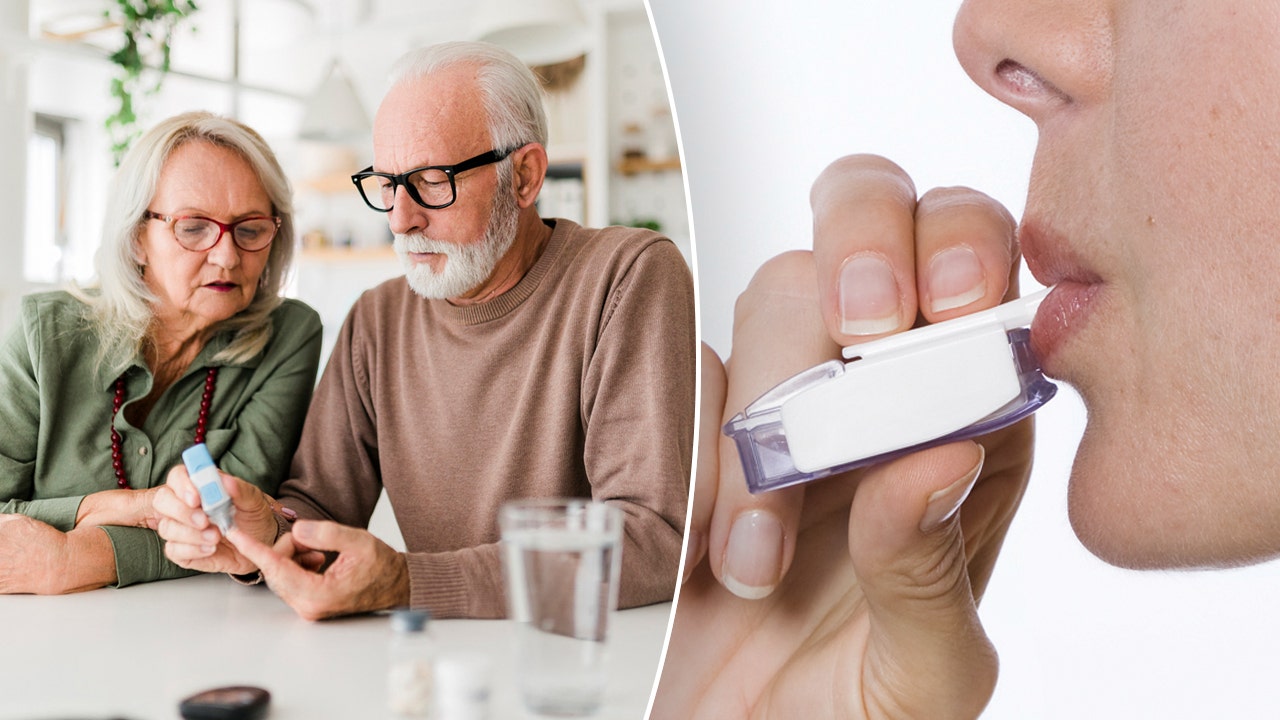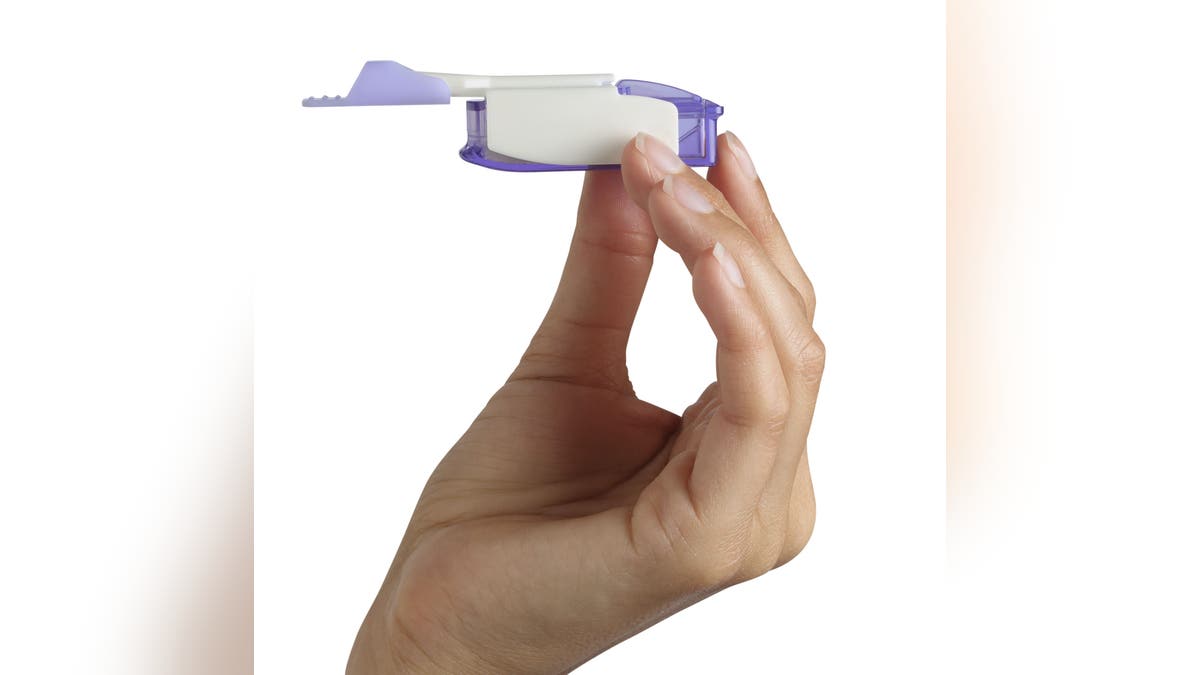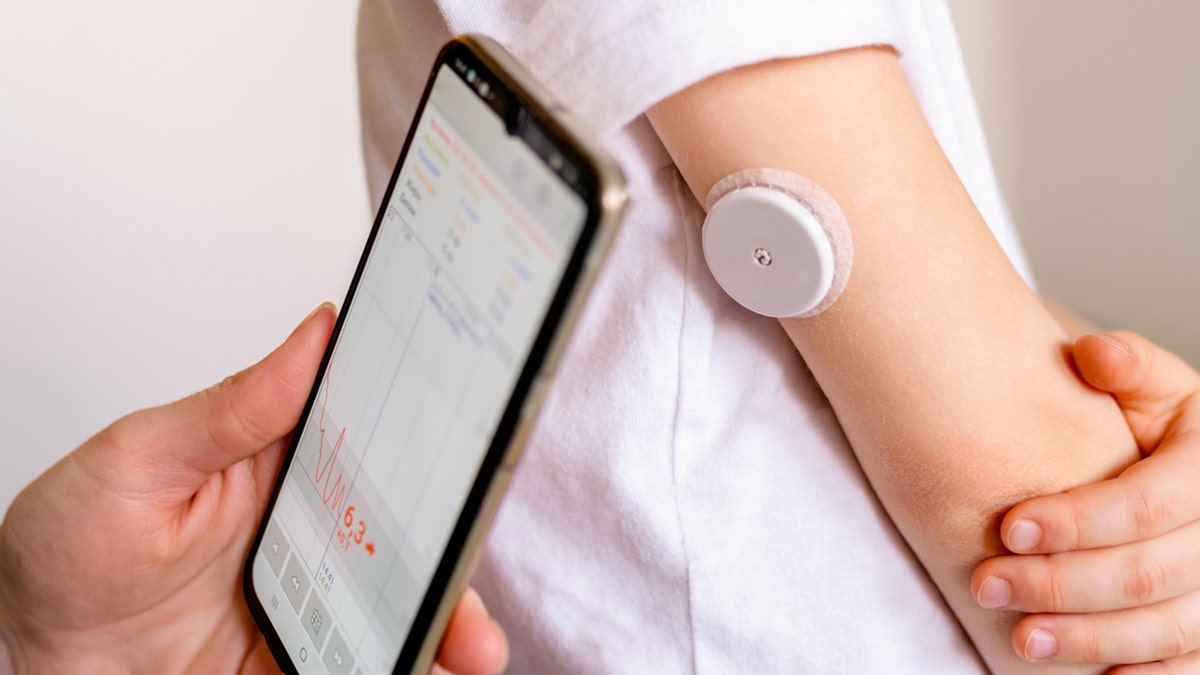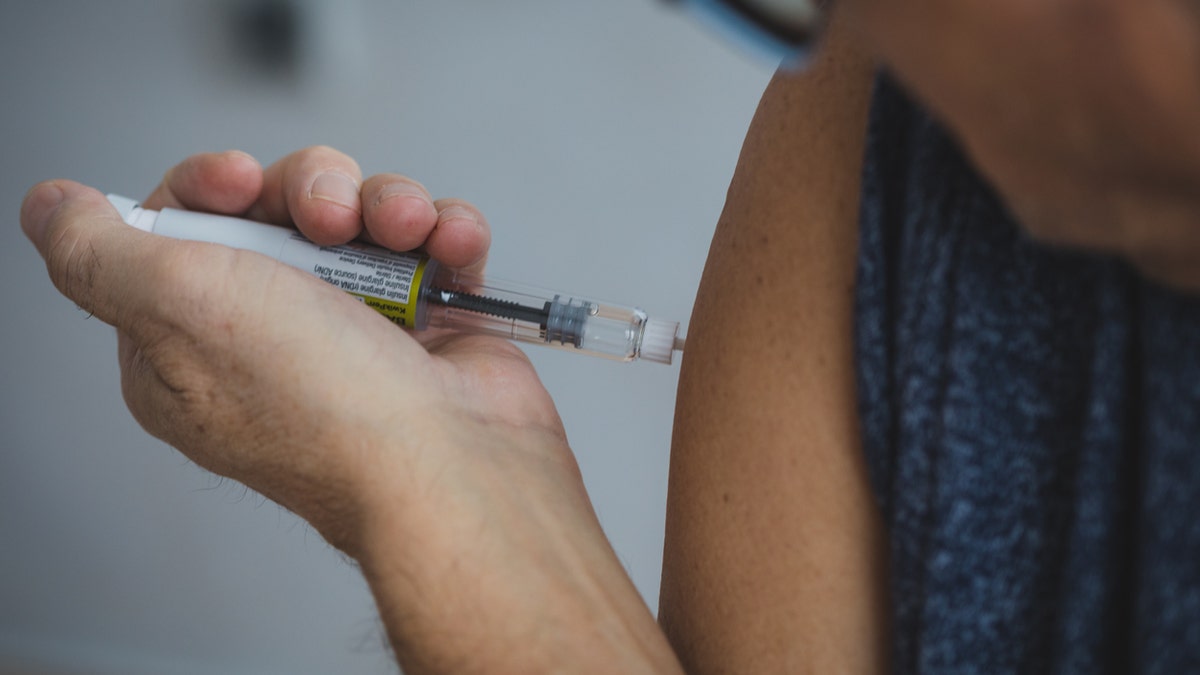Health
Scientists Debut Lab Models of Human Embryos

In its first week, a fertilized human egg develops into a hollow ball of 200 cells and then implants itself on the wall of the uterus. Over the next three weeks, it divides into the distinct tissues of a human body.
And those crucial few weeks remain, for the most part, a black box.
“We know the basics, but the very fine details we just don’t know,” said Jacob Hanna, a developmental biologist at the Weizmann Institute of Science in Israel.
Dr. Hanna and a number of other biologists are trying to uncover those details by creating models of human embryos in the lab. They are coaxing stem cells to organize themselves into clumps that take on some of the crucial hallmarks of real embryos.
This month, Dr. Hanna’s team in Israel, as well as groups in Britain, the United States and China, all released reports on these experiments. The studies, while not yet published in scientific journals, have attracted keen interest from other scientists, who have been hoping for years that such advances could finally shed light on some of the mysteries of early human development.
Ethicists have long cautioned that the advent of embryo models would further complicate the already complicated regulation of this research. But the scientists behind the new work were quick to stress that they had not created real embryos and that their clusters of stem cells could never give rise to a human being.
“Our aims are never for the purpose of human reproduction,” said Tianqing Li, a developmental biologist at Kunming University of Science and Technology in China, who led one of the new studies.
Instead, Dr. Li and his fellow scientists hope that embryo models will lead to new treatments for infertility and even diseases such as cancer.
“We do it to save lives, not create it,” said Magdalena Zernicka-Goetz, a developmental biologist at the University of Cambridge and the California Institute of Technology, who led another effort.
For decades, the only human embryos that developmental biologists could study were specimens collected from miscarriages or abortions. As a result, scientists were left with profound questions about the start of human development. Thirty percent of pregnancies fail in the first week, and another 30 percent fail during implantation. Researchers have been at a loss to explain why a majority of embryos don’t survive.
After the development of in vitro fertilization in the 1970s, scientists began studying embryos donated from fertility clinics. Some countries banned the research, while others allowed it to proceed, typically with a 14-day limit. By then, the human embryo starts taking on some of its key features. A structure called the primitive streak, for example, organizes the head-to-foot arrangement that the body will take.
For years, the 14-day rule was a moot point because no one could keep embryos alive more than a few days after fertilization. Things became more complicated in 2016, when Dr. Zernicka-Goetz’s group and another team managed to keep embryos alive close to the 14-day mark. The embryos did not survive longer because the scientists destroyed them.
The accomplishment has led scientists to debate the possibility of allowing embryos to grow past 14 days. But even if those experiments were to become legal, they would still be hard to carry out because the supply of donated embryos is scarce.
In recent years, researchers have been looking for an easier way to study embryos: by making models of them in the lab. The scientists have taken advantage of the fact that stem cells, given the right environmental conditions, can turn into new kinds of tissues.
Adults have stem cells in only a few parts of the body. In the skin, for example, stem cells produce a range of new cells that heal wounds. In early embryos, on the other hand, all the cells have the potential to turn into a wide variety of tissues.
Last year, Dr. Zernicka-Goetz’s team and Dr. Hanna’s team used embryonic stem cells from mice to make models of embryos. Since then, they and other scientists have been trying to do the same with human embryonic stem cells.
Each team has used a different method, but they all take advantage of the same underlying biology. By the time a human embryo implants itself in the uterus, its cells have started to diverge into different types. One type of cell will go on produce the cells of the body. The other types will produce tissues that surround the embryo during development, such as the placenta. These cell types send out molecular signals to each other that are essential for their development.
The researchers coaxed stem cells to mimic some of these cell types and then mixed them together. The cells swarmed together and spontaneously organized into clusters. The cells destined to become the embryo huddled in the middle, while the other types migrated to the outside.
As the cells communicated to each other, they divided and formed new structures that resembled parts of embryos. Dr. Mo Ebrahimkhani, a developmental biologist at the University of Pittsburgh, and his colleagues observed the formation of a yolk sac in their experiment, for example. Out of the yolk sac, they even observed the development of progenitors of blood cells.
Dr. Zernicka-Goetz and her colleagues likewise watched the development of cells that resembled the precursors of eggs and sperm.
“This was absolutely thrilling,” Dr. Zernicka-Goetz said. “It’s sometimes hard to believe that these stem cells are growing into these structures.”
If scientists can create close, reliable models of embryos, they will be able to run large-scale experiments to test potential causes of pregnancy failures, such as viral infections and genetic mutations.
The models could lead to other medical advances too, noted Insoo Hyun, a member of the Harvard Medical School Center for Bioethics who was not involved in the new studies.
“Once you get the embryo models in place and you can rely on them, that can be an interesting way to screen drugs that women take when they’re pregnant,” he said. “That would be an enormous benefit.”
Dr. Hanna and Dr. Ebrahimkhani also saw a possibility of using embryo models as a new form of stem-cell treatment for diseases such as cancer.
In conventional stem-cell transplants, doctors remove blood stem cells from the bone marrow before killing cancer cells with radiation or chemotherapy. They then return the healthy cells to the body.
Unfortunately, this method does not have a high success rate. Some researchers have suggested that earlier forms of stem cells would be more likely to cure patients.
Embryo models might make it possible for doctors to turn back time. Researchers would take skin cells from a patient and douse them with chemicals to put them into a stem-cell-like state. With other chemical baths, those stem cells could then be turned into an embryo model, which could in turn develop into the early blood cells the patient needs after a transplant.
Alysson Muotri, a developmental biologist at the University of California San Diego who was not involved in the new studies, cautioned that the new studies demonstrated only a preliminary step. For one thing, while the techniques sometimes resulted in embryolike clusters, they often failed.
“The work is in very early stages, and the current methods are far from reliable,” Dr. Muotri said.

Health
The Carnivore Diet: Is There Science Behind the Fad? | Woman's World

Sign Up
Create a free account to access exclusive content, play games, solve puzzles, test your pop-culture knowledge and receive special offers.
Already have an account? Login
Forgot your password?
Get back to the Sign In
Use left and right arrow keys to navigate between menu items.
Use escape to exit the menu.
Health
For diabetes patients, inhaled insulin is shown just as effective as injections and pumps

Most of the 38 million people living with diabetes in the U.S. use daily injections or insulin pumps to keep glucose at safe levels — but new research suggests that a third option could be just as effective.
In a study led by Dr. Irl B. Hirsch, M.D., medical director of the Diabetes Care Center of the University of Washington Medical Center, an inhaled form of insulin — similar to an asthma inhaler — worked just as well as injections or pumps to control type 1 diabetes.
The research was presented last week at the American Diabetes Association (ADA)’s 84th Scientific Sessions in Orlando, Florida.
EATING YOGURT COULD HELP PREVENT ONE COMMON DISEASE, ACCORDING TO THE FDA
The clinical trial tested a product called Afrezza, an inhaled insulin made by MannKind Corporation in California.
Afrezza, the only inhaled insulin on the market, has been available since getting FDA approval in June 2014.
An inhaled form of insulin worked just as well as injections or pumps to control type 1 diabetes in a recent study. (iStock/MannKind)
Benefits of a third option
“In those with type 1 diabetes, insulin is required for survival,” Hirsch told Fox News Digital in an interview.
“With continuous glucose sensing, glucose control has been dramatically improved — but not everyone reaches the target with multiple injections or pumps, and there are many pros and cons with each therapy,” he said.
EATING ONE TYPE OF FRUIT REGULARLY COULD REDUCE DIABETES RISK IN WOMEN, STUDY SUGGESTS: ‘INCREDIBLY HEALTHY’
With pumps, people must wear the device, which can lead to skin problems.
They also have to purchase extra accessories.
Blood glucose levels can also drop with exercise, Hirsch warned, which can be problematic.

Afrezza, an inhaled insulin pictured here, is made by MannKind Corporation in California. (MannKind)
“Injections overall can be more convenient for some, but they don’t do as well as pump patients,” he said.
With Afrezza, the product is inhaled into the lungs before meals, and the fast-acting insulin minimizes the glucose spike often seen after eating, Hirsch noted.
“Patients with type 1 diabetes should consider this as another option for their mealtime insulin, and talk to their doctor about this choice.”
During the 17-week study, researchers evaluated the results of 141 adults who were assigned to either use the Afrezza inhaler or continue with traditional methods of injection or pump delivery.
At the 17-week mark, all participants switched to the inhaler for another 13 weeks.

Dr. Irl B. Hirsch, M.D., medical director of the Diabetes Care Center of the University of Washington Medical Center, led the new study. (MannKind)
All groups were assessed with continuous glucose monitoring at the start of the study, at 17 weeks and again at 30 weeks.
Among the inhaled insulin group, 30% of participants reached their target glucose levels (less than 7% blood sugar) compared to 17% of the people using injections and pumps.
There was no difference in hypoglycemia (low blood sugar) between the groups.
UTAH MOM FIGHTS FOR HER DAUGHTER’S ACCESS TO DISCONTINUED DIABETES MEDICATION: ‘LIFE-SAVING’
“In general, there was no difference in our primary endpoint, HbA1c, a reflection of average blood sugar,” Hirsch said.
“But that alone is misleading — many patients did better with their glucose control, while others did worse.”

With Afrezza, the product is inhaled into the lungs before meals, and the fast-acting insulin minimizes the glucose spike often seen after eating, a doctor said. (MannKind)
“The point is, inhaling insulin isn’t for everyone, but some did better than they did on their pumps.”
The people who saw the best results inhaled insulin between meals and at bedtime, Hirsch added.
At the end of the study, more than half of the participants said they would opt to stay on the inhaled insulin therapy.
“The biggest takeaway is that patients with type 1 diabetes should consider this as another option for their mealtime insulin, and talk to their doctor about this choice,” he recommended.
‘Adds value’
The American Diabetes Association acknowledged the promise of the study findings in an email to Fox News Digital.
“We look forward to our Scientific Sessions every year to see data like the INHALE-3 study’s findings, which have the potential to expand diabetes care,” Raveendhara Bannuru, M.D., PhD, the ADA’s vice president of medical affairs and quality improvement outcomes in Boston, Massachusetts, told Fox News Digital via email.

“With continuous glucose sensing, glucose control has been dramatically improved,” a doctor told Fox News Digital. (iStock)
“We are hopeful for the continuous development of alternative insulin delivery methods that could offer options for people living with diabetes,” the group also said in the statement.
“The INHALE-3 trial demonstrated that inhaled insulin, combined with insulin degludec, effectively reduces A1c levels without increasing hypoglycemia or weight gain in people with type 1 diabetes. This adds value to the options in insulin therapy.”
Potential risks and limitations
While more people met their glycemic targets with Afrezza, some subjects saw worse readings when switching from usual methods to inhaled insulin — “potentially due to missing doses of inhaled insulin during the day and/or underdosing going into bedtime,” the researchers wrote.
CLICK HERE TO SIGN UP FOR OUR HEALTH NEWSLETTER
“We didn’t see any concerns,” Hirsch said when asked about side effects.
“As expected, a few people coughed immediately when dosing their insulin, but no major concerns were seen and everyone continued on their inhaled insulin.”

“Not everyone reaches the target with multiple injections or pumps, and there are many pros and cons with each therapy,” a doctor said. (iStock)
The most common side effects noted in the study were hypoglycemia, cough and throat pain or irritation.
Afrezza has been linked to a risk of acute bronchospasm in patients with chronic lung disease, such as asthma or COPD, according to the manufacturer.
“Inhaling insulin isn’t for everyone, but some did better than they did on their pumps.”
Before starting Afrezza, patients should see a doctor for a physical examination and testing to measure lung function.
Patients who smoke or who recently quit smoking should not take the inhaled medication.
For more Health articles, visit www.foxnews/health
Fox News Digital reached out to MannKind requesting additional comment.
Health
Surgeon general declares firearm violence in America a public health crisis

The United States surgeon general is declaring gun violence a national public health crisis.
Surgeon General Vivek Murthy issued an advisory on Tuesday stating that firearm-related violence and its immediate psychological ramifications on victims and bystanders has severely compromised public health.
“Today, for the first time in the history of our office, I am issuing a Surgeon General’s Advisory on firearm violence,” Murthy said in a video announcement. “It outlines the urgent threat firearm violence poses to the health and well-being of our country.”
SUPREME COURT UPHOLDS FEDERAL GUN BAN FOR THOSE UNDER DOMESTIC VIOLENCE RESTRAINING ORDERS
U.S. Surgeon General Dr. Vivek Murthy released a special advisory on firearm violence on Tuesday, calling gun-related incidents a public health crisis. (Nathan Congleton/NBC via Getty Images)
“As a doctor, I’ve seen the consequences of firearm violence up close and the lives of the patients that cared for over the years,” the surgeon general continued. “These are moms and dads, sons and daughters, all of whom were robbed of their physical and mental health by senseless acts of violence.”
The advisory states that 54% of adults in America have experienced a firearm-related incident. These experiences with firearm violence include individuals who have been threatened with a gun (21%), lost a family member in a gun-related death (19%), witnessed a shooting (17%), and been wounded by a firearm (4%).
The 54% figure also includes adults who have fired a gun in self-defense (4%). The gun-related death statistic includes those who committed suicide via firearm.
The report noted different demographics are affected in different ways by gun violence.
Black individuals suffer the highest rate of gun deaths. American Indians, Alaskan Natives, elderly white people, and military veterans are at the highest risk suicide by firearm.
“Beyond these precious lives that are lost to firearm violence, there are wider ripples of harm to those who are injured, who witnessed the incidents, who live in urban and rural communities where such violence takes place, and who constantly read and hear about firearm violence,” Murthy stated.
MARYLAND GOVERNOR SIGNS BIDEN-INSPIRED BILL ESTABLISHED ‘CENTER FOR FIREARM VIOLENCE PREVENTION’

Murthy wrote in the report that the direct casualties of gun violence are compounded by psychological ramifications inflicted on victims and bystanders. (Tom Williams/CQ-Roll Call, Inc via Getty Images)
He added, “The collective trauma and fear that Americans are experiencing is contributing to the mental health challenges that we are facing today. Nearly 6 in 10 U.S. adults say they worry about a loved one being a victim of firearm violence.”
The public advisory on firearm-related violence is the first document of its kind released by the Surgeon General’s Office.
-

 News1 week ago
News1 week agoJoe Biden, Barack Obama And Jimmy Kimmel Warn Of Another Donald Trump Term; Star-Filled L.A. Fundraiser Expected To Raise At Least $30 Million — Update
-

 World1 week ago
World1 week agoRussia-Ukraine war: List of key events, day 842
-

 News1 week ago
News1 week agoIt's easy to believe young voters could back Trump at young conservative conference
-

 World1 week ago
World1 week agoProtesters in Brussels march against right-wing ideology
-

 World1 week ago
World1 week agoSwiss summit demands 'territorial integrity' of Ukraine
-

 News1 week ago
News1 week agoA fast-moving wildfire spreads north of Los Angeles, forcing evacuations
-

 Politics1 week ago
Politics1 week agoJudge rules Missouri abortion ban did not aim to impose lawmakers' religious views on others
-

 World1 week ago
World1 week agoAl-Qaeda affiliate claims responsibility for June attack in Burkina Faso















